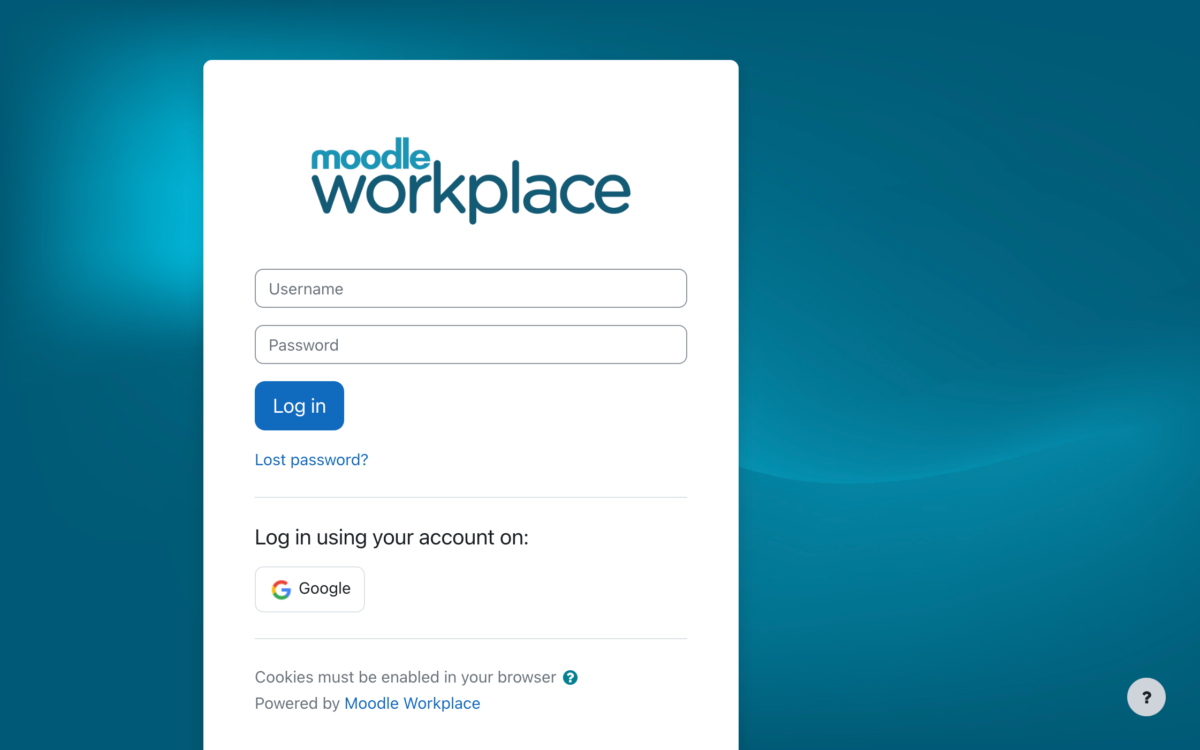I asked two of my friend’s teenage kids if they played Pokémon Go. They wrinkled their noses and told me a story about how people were run over by cars as they played it.
True or not, the story is illustrative of just how captivated millions of people are by this mobile version of the Pokémon game.
Other recent examples of Pokémon obsession: Police in Germany had to rescue a player who was trying to capture a character on railroad tracks; airport authorities in Germany want the game disabled beyond security checkpoints because players could be opening emergency doors; players were lured by robbers to a remote location; and an American woman playing the game found a body; and a conservative church called a pink character planted there a sodomite.
For those of us who haven’t played, the game reportedly straddles the real world and the virtual cartoon world of Pokémon characters that you track down and capture, using Pokémon balls to hit your targets. Only the game is played in public spaces (thank you, Google Maps) and you can capture the characters with other tools you pay for.
When it debuted last month, web traffic crashed the Pokémon servers that were dishing out the game, prompting complaints from players. Sound familiar?
Server crashes or not, think about how popular your company would be if they could come up with game-based learning that could combine the sheer childlike joy of catching a cartoon character in public with real training.
Far fetched? Not really. Let’s say you have a customer training program that deals with irate people who blow up at ticket counters.
You could find them in an airport waiting lounge, for example, and use a personality transplant net to capture them and turn them into nice people.
The net would have to be “purchased” through a series of correct answers on questions about how to deal with difficult customers.
Or how about designing a game that represents proper warehouse driving techniques, where instead of tipping over a real forklift, you can send it through an obstacle course in a warehouse. Unless you drive it correctly, you’ll knock over pallets full of valuable goods.
Or let’s say you are teaching an astronomy class. You could give your students a tour of the solar system from their seats using augmented reality packages.
Or you could place your language students in a French patisserie or your history students in the middle of the colosseum during gladiatorial combat.
Disney is using augmented reality to bring children’s colouring books to life by transferring two dimension objects into 3-D.
In Barcelona, a museum dedicated to work of Antoni Gaudí puts you in the middle of construction of Sagrada Familia, his masterwork.
What do you need to implement an augmented reality program?
GPS, a webcam, speakers, and a touch screen are some of the elements, which are now commonplace on tablets and mobiles.
Lots of companies out there already have augmented reality programs for biology, aeronautics, and sports to name a few.
Go to Google and type in Augmented Reality and elearning. You’ll be rewarded with some real information.







